here is a nice article on the History of fractals and its Future ... it resonates very strongly with our discussion:
a bit long but worth reading : (think of Tesla and all the others who understood "As Above so Below"
Science News Online 75th Anniversary Essay

continued .... 
a bit long but worth reading : (think of Tesla and all the others who understood "As Above so Below"
Science News Online 75th Anniversary Essay

Fractal Past, Fractal Future
By IVARS PETERSON
On a clear, brisk morning, a child marvels at the frilled intricacy of frost splayed across a sunlit windowpane. In the laboratory, a scientist peers at the minutely branched structure of a cluster of gold particles.
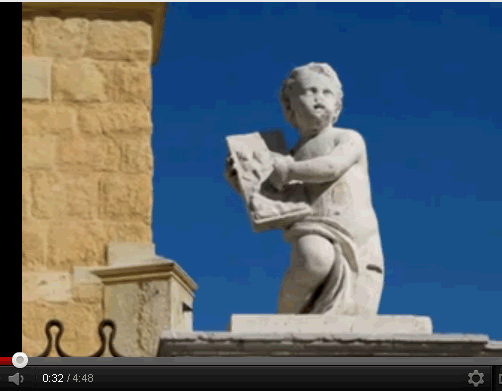
A character in Tom Stoppard's 1993 play Arcadia asks, "If there is an equation for a curve like a bell, there must be an equation for one like a bluebell, and if a bluebell, why not a rose?" If you asked a mathematician how to characterize the shape of a flower or Jack Frost's handiwork or metallic sprays, the answer would probably refer to forms called fractals.
Fractals have invaded the popular imagination. Calendars, computer screens, and books feature vivid, phantasmagorical images of weirdly branched, wildly swirling structures. Cartoonist Sidney Harris depicts a refurbished living room decorated with squiggles. "We did the whole room over in fractals," the hostess explains. Composer-pianist Zach Davids turns the subtly varying fractal intervals between successive heartbeats into musical sequences to create "Heartsongs" -- a remarkably pleasing score without apparent rhythm, meter, or harmony.
The word "fractal" was coined only 25 years ago by Benoit B. Mandelbrot, IBM Fellow Emeritus at the Thomas J. Watson Research Center in Yorktown Heights, N.Y., and mathematics professor at Yale University. Based on the Latin adjective meaning "broken," it conveyed Mandelbrot's sense that the geometry of nature is not one of straight lines, circles, spheres, and cones, but of a rich blend of structure and irregularity.
IBM Fellow Emeritus at the Thomas J. Watson Research Center in Yorktown Heights, N.Y., and mathematics professor at Yale University. Based on the Latin adjective meaning "broken," it conveyed Mandelbrot's sense that the geometry of nature is not one of straight lines, circles, spheres, and cones, but of a rich blend of structure and irregularity.
Although irregular, many natural forms also show a striking property. A fragment of rock looks like the mountain from which it was fractured. Clouds keep their distinctive wispiness whether viewed distantly from the ground or close-up from an airplane window. A tree's twigs often have the same branching structure seen near its trunk. Indeed, nature is full of shapes that are self-similar, repeating themselves on different scales within the same object.
By IVARS PETERSON
On a clear, brisk morning, a child marvels at the frilled intricacy of frost splayed across a sunlit windowpane. In the laboratory, a scientist peers at the minutely branched structure of a cluster of gold particles.

A character in Tom Stoppard's 1993 play Arcadia asks, "If there is an equation for a curve like a bell, there must be an equation for one like a bluebell, and if a bluebell, why not a rose?" If you asked a mathematician how to characterize the shape of a flower or Jack Frost's handiwork or metallic sprays, the answer would probably refer to forms called fractals.
Fractals have invaded the popular imagination. Calendars, computer screens, and books feature vivid, phantasmagorical images of weirdly branched, wildly swirling structures. Cartoonist Sidney Harris depicts a refurbished living room decorated with squiggles. "We did the whole room over in fractals," the hostess explains. Composer-pianist Zach Davids turns the subtly varying fractal intervals between successive heartbeats into musical sequences to create "Heartsongs" -- a remarkably pleasing score without apparent rhythm, meter, or harmony.
The word "fractal" was coined only 25 years ago by Benoit B. Mandelbrot,
 IBM Fellow Emeritus at the Thomas J. Watson Research Center in Yorktown Heights, N.Y., and mathematics professor at Yale University. Based on the Latin adjective meaning "broken," it conveyed Mandelbrot's sense that the geometry of nature is not one of straight lines, circles, spheres, and cones, but of a rich blend of structure and irregularity.
IBM Fellow Emeritus at the Thomas J. Watson Research Center in Yorktown Heights, N.Y., and mathematics professor at Yale University. Based on the Latin adjective meaning "broken," it conveyed Mandelbrot's sense that the geometry of nature is not one of straight lines, circles, spheres, and cones, but of a rich blend of structure and irregularity.Although irregular, many natural forms also show a striking property. A fragment of rock looks like the mountain from which it was fractured. Clouds keep their distinctive wispiness whether viewed distantly from the ground or close-up from an airplane window. A tree's twigs often have the same branching structure seen near its trunk. Indeed, nature is full of shapes that are self-similar, repeating themselves on different scales within the same object.
During the late 19th and early 20th centuries, mathematicians constructed self-similar curves in the course of attempts to prove or disprove certain intuitive notions about space, dimension, and area. They described the curves as "pathological."
It was mathematics "skating on the edge of reason,( Harmonic Math )" remarks mathematician Hans Sagan of North Carolina State University in Raleigh. This byway was almost completely ignored by scientists. Such curves didn't seem relevant to their concerns.
)" remarks mathematician Hans Sagan of North Carolina State University in Raleigh. This byway was almost completely ignored by scientists. Such curves didn't seem relevant to their concerns.
Yet physicists were having great difficulty in answering seemingly simple questions about phenomena such as diffusion. When a person in a breezy room opens a bottle of perfume, how long does it take for someone on the other side of the room to smell it?
In turbulent air currents, perfume molecules take paths wispier, stringier, and more contorted than the routes they follow in a calm setting. "It's only with Mandelbrot's insight -- that all this wispiness involves those pathological 19th-century mathematical constructions -- that physicists were able eventually to start to attack those problems," says Michael F. Shlesinger of the Office of Naval Research in Arlington, Va.
One of the very few scientists who appreciated early on the peculiar geometric complexity of natural phenomena was physicist Jean Baptiste Perrin (1870-1942), who studied the erratic movements of microscopic particles suspended in liquids and remarked on the self-similar structures of natural objects.
It was mathematics "skating on the edge of reason,( Harmonic Math
 )" remarks mathematician Hans Sagan of North Carolina State University in Raleigh. This byway was almost completely ignored by scientists. Such curves didn't seem relevant to their concerns.
)" remarks mathematician Hans Sagan of North Carolina State University in Raleigh. This byway was almost completely ignored by scientists. Such curves didn't seem relevant to their concerns.Yet physicists were having great difficulty in answering seemingly simple questions about phenomena such as diffusion. When a person in a breezy room opens a bottle of perfume, how long does it take for someone on the other side of the room to smell it?
In turbulent air currents, perfume molecules take paths wispier, stringier, and more contorted than the routes they follow in a calm setting. "It's only with Mandelbrot's insight -- that all this wispiness involves those pathological 19th-century mathematical constructions -- that physicists were able eventually to start to attack those problems," says Michael F. Shlesinger of the Office of Naval Research in Arlington, Va.
One of the very few scientists who appreciated early on the peculiar geometric complexity of natural phenomena was physicist Jean Baptiste Perrin (1870-1942), who studied the erratic movements of microscopic particles suspended in liquids and remarked on the self-similar structures of natural objects.











 ....but more to increase your understanding of the ingredient your are using
....but more to increase your understanding of the ingredient your are using 
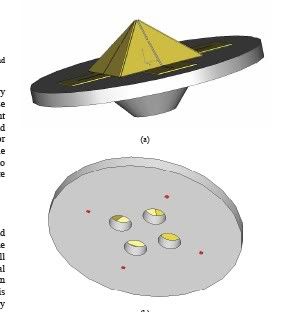
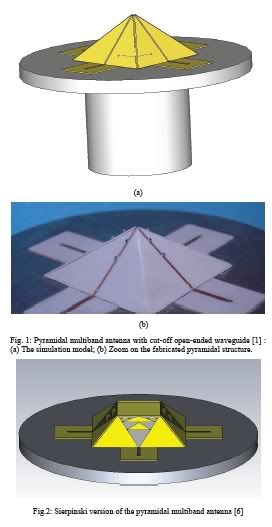



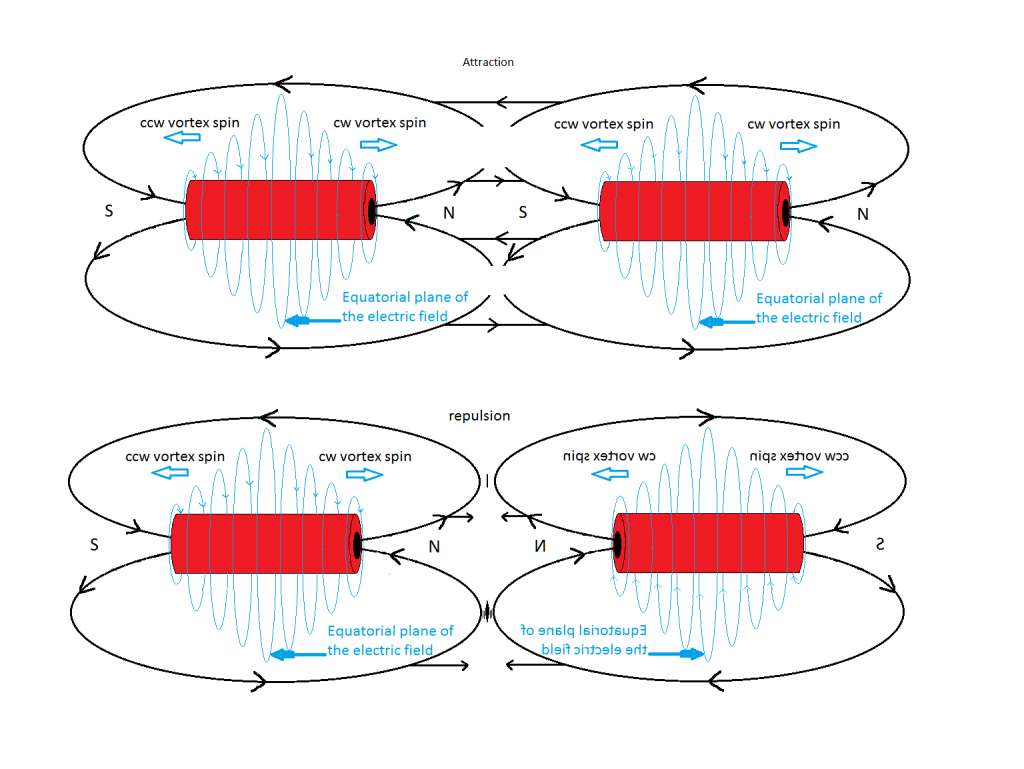
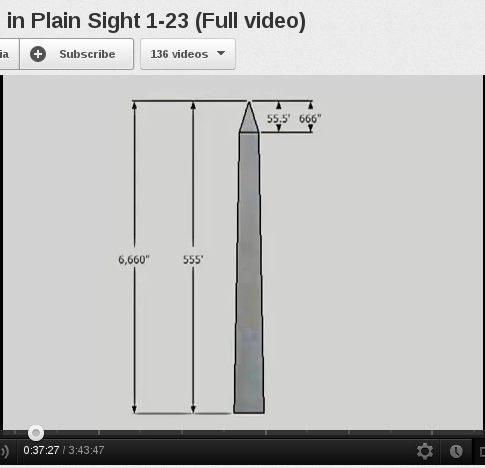

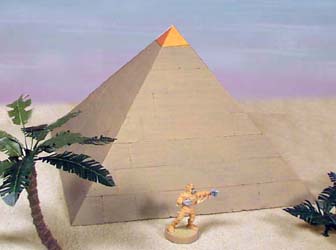

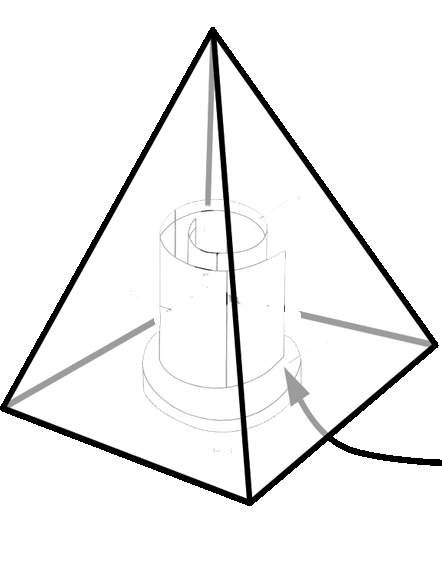




.jpg)
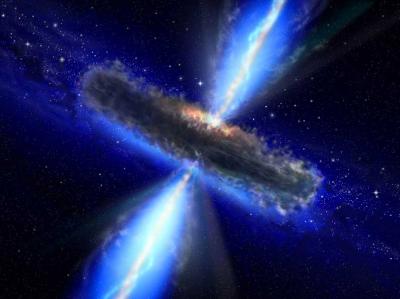
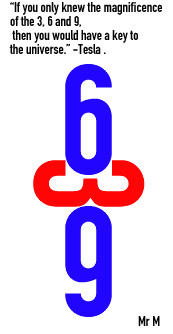
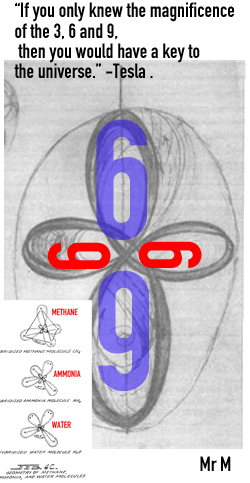



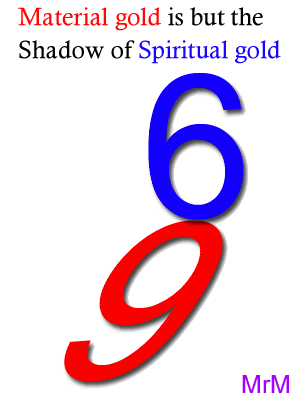


Comment